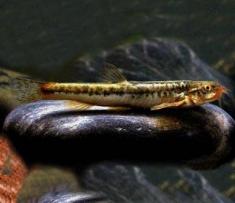
Triphophysa minuta
Triphophysa minuta
Features:The individual is very small
Triphophysa minuta (Li, 1966) is a small fish of the genus Triphophysa of the family Cobitidae. It lives in a vast area of Xinjiang.Listed in the second level of the "List of National Key Protected Wildlife in China".Protect wild animals and stop eating game.Maintaining ecological balance...
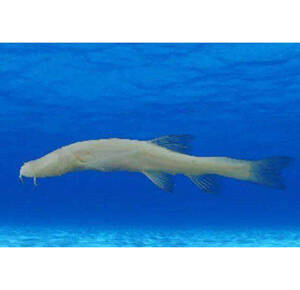
T.xiangxiensis
T.xiangxiensis, formerly known as Xiangxi blind loach
Features:The pectoral fin grows faster than the body length and can reach the caudal fin
Xiangxi blind loach (T.xiangxiensis) is a fish of the genus T.xiangxiensis of the family Cobitidae. It is a cold-water cave fish that is only distributed in the Yuanjiang River system in Xiangxi, Hunan Province. It is a species endemic to my country.In 1984, the blind fish was discovered in an under...
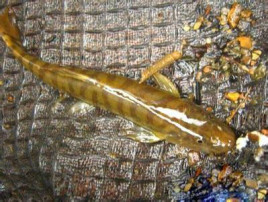
Triplophysa siluroides
Triplophysa siluroides,Catfish, catfish, slab head
Features:The head is large, flat, triangular in dorsal view, with a large, inferior, arc-shaped mouth.
Triplophysa siluroides, scientific name: Triplophysa siluroides (Herzenstein, 1888), is a fish of the genus Triplophysa in the family Cobitidae, and is the largest species in the family Cobitidae.The plateau loach often likes to lurk in the river sections with deep and turbulent gravel bottoms such...
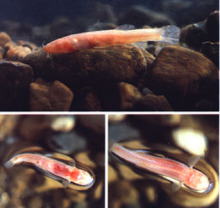
Oreonectes anophthalmusZheng
Oreonectes anophthalmusZheng
Features:Fish for research purposes, no fishery value
The eyeless loach is named Oreonectes anophthalmusZheng in Latin. The eyeless loach found in Wuming is one of the earliest blind fish species found in my country. It is the second eyeless and pigmentless loach reported in the world. The number is extremely small. The eyeless loach has a very high st...
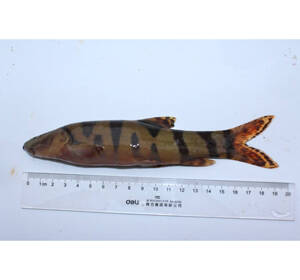
Leptobotia elongata
Leptobotia elongata,Flower fish, spotted loach, flower loach, red sand loach, fire army, flower loach
Features:A ferocious bottom-dwelling carnivorous fish, one of the largest loaches in the world
Leptobotia elongata (scientific name: Leptobotia elongata) is a fish of the genus Leptobotia in the family Cobitidae of the order Cypriniformes. It is a giant among loaches and one of the largest loaches in the world.The long thin loach is a warm-water bottom fish that likes to live in the middle an...
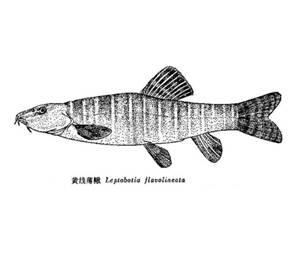
Leptobotia flavolineata
Leptobotia flavolineata,Cow's tail, blind man
Features:There are more than 10 wide yellow-brown horizontal stripes on the sides of the body
The yellow-lined loach (scientific name: Leptobotia flavolineata) is a species of the genus Leptobotia, family Cypriniformes, class Actinopterygii, and is endemic to China.The yellow-lined loach looks very similar to the garfish, but the larger ones are much larger than the garfish. People in...
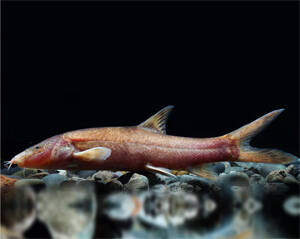
Leptobotia rubrilabris
Leptobotia rubrilabris ,Red needle, red lipped loach
Features:Named after the reddish fish mouth
Red-lipped loach, Leptobotia rubrilabris (Dabry de Thiersant, 1872), belongs to the Cypriniformes, Cobitidae, and the genus Leptobotia. It is a fish endemic to the upper reaches of the Yangtze River.The red-lipped loach is larger, second only to the long loach. It has edible value. The population is...
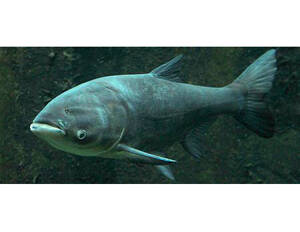
Hypophthalmichthys harmandi
Hypophthalmichthys harmandi,Silver carp, silver carp
Features:It has excellent economic traits such as high fat content, fast growth, large fatness and large trunk.
Hypophthalmichthys harmandi Sauvage, 1884 is a species of the genus Hypophthalmichthys in the family Cyprinidae and is a freshwater economic fish native to Hainan Island, Guangdong.Silver carp is a freshwater economic fish in Hainan Island, Guangdong Province. It mostly lives in open waters with slo...
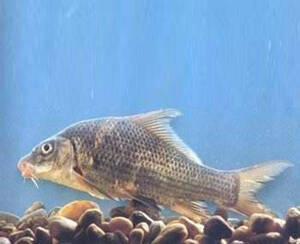
Procypris mera
Procypris mera ,Black carp, black carp, black crucian carp, black hook, black carp
Features:The body is laterally flattened and grows in a diamond shape, with a high back bulge, a small head and a long snout.
The Latin name of the black carp is Procypris mera (S. Y. Lin, 1933), and its foreign name is Chinese ink carp. It is a common and high-quality edible fish in Guangxi.Wuyuan carp is a fish in the middle and lower layers of rivers. It mostly lives in water bodies with rocky bottoms deep in the water,...
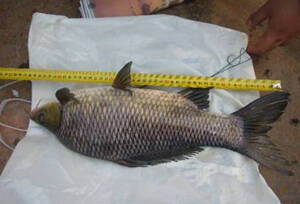
Procypris rabaudi
Procypris rabaudi,Rock carp,Water carp, black carp, rock carp, black carp
Features:It has the advantages of small body cavity, tender meat and delicious taste, and is a high-quality economic fish loved by people.
The Latin name of rock carp is Procypris rabaudi, and its foreign name is Rock carp. It is a high-quality economic fish.The rock carp is a wide-temperature fish, and its survival water temperature is 1.5℃-37℃, the living temperature range is 2~ 36℃, and the most suitable feeding temperature is 1...
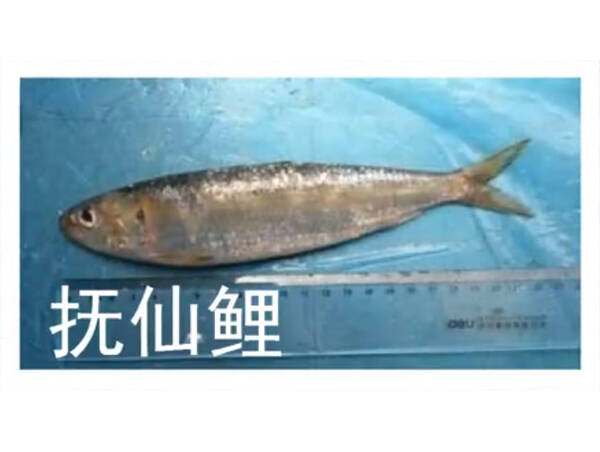
Mesocyprinus fuxianensis
Mesocyprinus fuxianensis
Features:The body is fusiform, with a groove on the crown of the pharyngeal teeth
Fuxian carp (scientific name: Mesocyprinus fuxianensis), a fish of the class of bony fishes of the phylum Chordata.Fuxian carp is concentrated in the middle and lower layers of the shallow waters along the coast, and a few individuals are also found in the middle and lower layers of the wading area,...
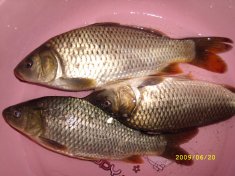
Cyprinus micristius
Cyprinus micristius,Caihu, Ma fish, Mabian fish, medium carp
Features:The body is similar to that of a carp, with flat sides, a slightly raised back, and a round and straight belly.
Small carp (scientific name: Cyprinus (Mesocyprinus) micristius) is a species endemic to my country, belonging to the subgenus Cyprinus of the genus Cyprinus, subgenus Cyprinus of the genus Cyprinus, subfamily Cyprinidae of the family Cyprinidae.The small carp has a mixed diet, mainly animal bait, m...
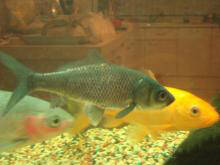
Cyprinus pellegrini
Cyprinus pellegrini,Bighead fish, Luyu, Jiangchuan bighead fish, Bell's carp
Features:The body is similar to that of a carp, with a large and wide head that is longer than the body height.
The Latin name of big-headed carp is Cyprinus pellegrini, which belongs to the Cyprinidae family and the Cyprinidae genus.China's rivers and streams have historically been rich in "big-headed carp", but there is no definite research material on when it originated. However, according to...
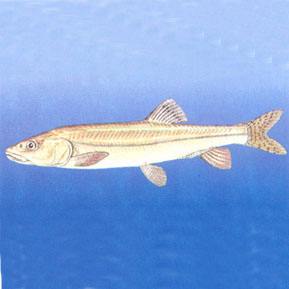
Oxygymnocypris stewartii
Oxygymnocypris stewartii,Naked carp
Features:The body is slender, slightly laterally flattened, the head is long and conical, and the snout is long and pointed.
The Latin name of sharp naked carp is Oxygymnocypris stewartii. It is a fish of the genus Oxygymnocypris in the family Cyprinidae. The origin of this species is in the Nianchu River.Due to the high altitude and low annual average water temperature, a special ecological environment has been formed. T...
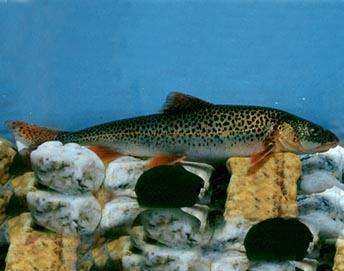
Diptychus maculatus Steindachner
Diptychus maculatus Steindachner,Cucumber fish, stick fish
Features:A special type of schizothorax fish that has a fresh cucumber flavor when cooked
Diptychus maculatus Steindachner is a small cold-water fish.Diptychus maculatus Steindachner is a small cold-water fish.Diptychus maculatus Steindachner generally lives in the main and tributary water environment. It likes to live in rivers with water temperatures below 20℃. Feeds on benthic organi...
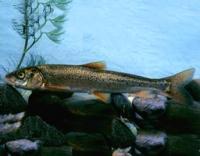
Gymnodiptychus pachycheilus
Gymnodiptychus pachycheilus,Heavy lip flower fish, hemp fish, stone flower fish
Features:Sports long, tail handle is fine round, head cone -shaped, kiss protruding, lower mouth, horseshoe -shaped, jaw without sharp keratin edges, well -developed lips, thick and fleshy
Thick lip naked lip fish scientific name Gymnodiptychus Pachycheilus, belongs to carp, carp, cracked belly fish subcare, naked heavy lip fish.The thick lip naked lip fish inhabits the Kuogu River of the highland of the river, such as Qinghai, Gansu, Sichuan, and the upper reaches of the Yellow River...
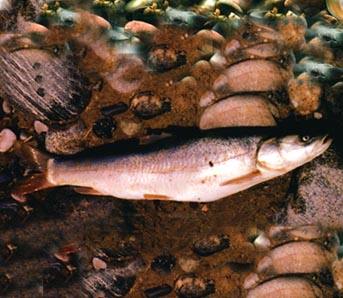
Aspiorhynchuslaticeps
Aspiorhynchuslaticeps,Big-Head Schizothoracin,Xinjiang big head fish, big head fish, tiger fish
Features:It is one of the most protected species, and the treatment is comparable to the giant panda on land
Flat kiss fish Latin scientific name ASPIORHYNCHUSLATICEPS, foreign name Big-Head Schizothoracin, is a species that gradually settled in the northwest with the rise of the Qinghai-Tibet Plateau. In the water body with high water temperature or slow flow of lakes. Most of the habitats are wide in the...
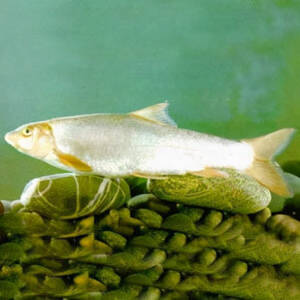
Schizothorax taliensis
Schizothorax taliensis,Dali bow fish, bow fish, rod fish
Features:Has an important position in the fishery and tourism industry
Dali Latin name Schizothorax Taliensis is a carp family and cracked fish.Dali cracking fish is different from other cracking fish. It is a type of life that is suitable for living in a quiet water environment. It is usually an upper and middle -level in the water area in the lake. I like to consume...
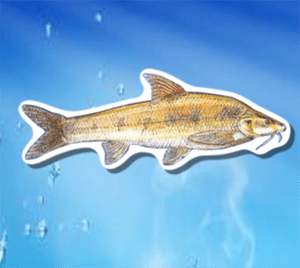
Schizothorax(Racoma)biddulphi
Schizothorax(Racoma)biddulphi,Tarim schizothoracin,Pointed mouth fish
Features:Xinjiang is unique to fish, eggs are poisonous
Tarima Latin Name SchizoThorax (Racoma) Biddulphi (Günther, 1876), two method Tarim Schizothoracin, is the main economic fish unique to the Tarim water system.> The cracked fish in the tower is a cold water -based fish, living in rivers flowing water and lake environment. The meat is delicious a...
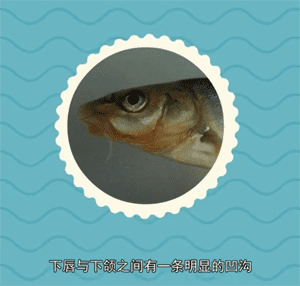
schizothoraxwaltoniregan,
schizothoraxwaltoniregan,Pointed mouth
Features:It is one of the main economic fish in Tibet.
SchizothoraxWaltoniregan belongs to the cracks and belly fishya, which is only distributed in the middle and upper reaches of the Yarlung Tibetan River in my country. It is a unique species in my country.> In the past, it was considered that the plateau fish had spawned once a year, but the uncle...
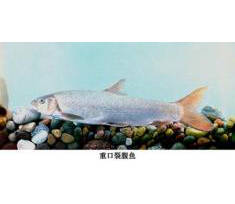
Schizothorax davidi
Schizothorax davidi,Racoma davidi,Heavy -duty fine -scale fish, elegant fish, heavy mouth, heavy lip and fine -scale fish, fine turtles
Features:It is known for its "Ya'an casserole fish head" with the Qikou 以 与 与
Schizothorax (Racoma) Davidi (Sauvage, 1880) is a fish that belongs to the genus of carp.The weight of the lobed belly is fat, rich in fat. Growing faster and larger individuals, generally can grow to 1-3 kg, and the largest individual can reach 10 kg. Rich output, the yield in the production area i...

